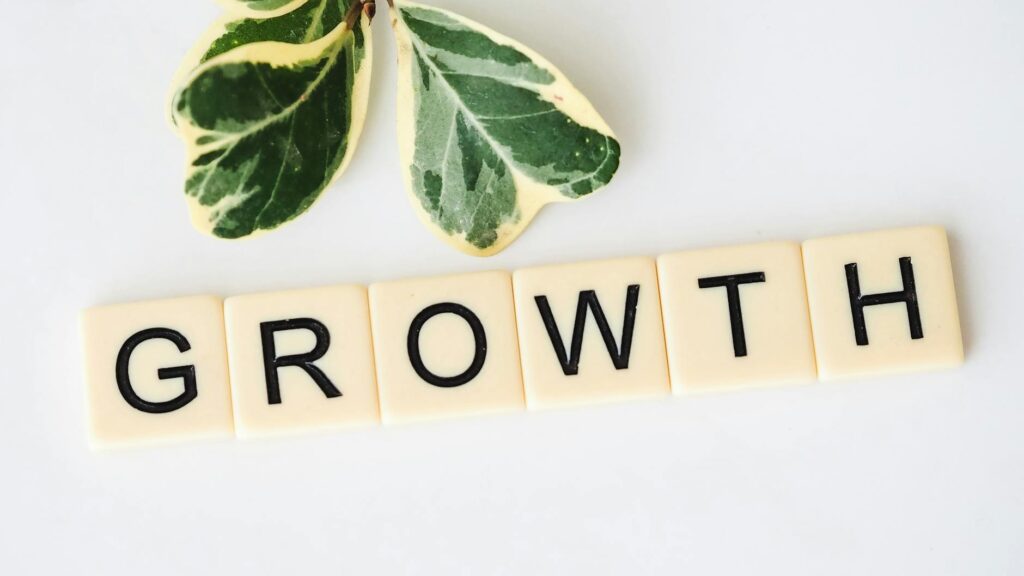What is positivity reinforcement?

What is positivity reinforcement?
Positivity reinforcement is an approach rooted in psychology and behavior modification that encourages the repetition of desirable behaviors by offering positive outcomes. It’s not just a concept; it’s a powerful tool that can enhance personal development, boost productivity, and foster healthier relationships. By understanding and applying positivity reinforcement, you can reshape your habits and those around you, leading to a more fulfilling and productive life.
Understanding Positivity Reinforcement
Definition of Positivity Reinforcement
At its core, positivity reinforcement involves introducing a rewarding stimulus after a desired behavior. This could be anything from verbal praise to tangible rewards. For instance, if you complete a task efficiently and reward yourself with a treat, that reward encourages you to repeat the behavior the next time.
Imagine you’re training your dog. Each time they follow your command correctly, you give them a treat. This not only makes them happy but also reinforces their good behavior. Similarly, in personal contexts, if someone receives praise for their hard work, they are more likely to continue performing well. You can explore more about this concept on Positive Psychology.
The Psychological Basis of Positivity Reinforcement
The effectiveness of positivity reinforcement lies in its psychological foundations, particularly in behaviorism. Pioneers like B.F. Skinner developed the theory of operant conditioning, which explains how behaviors can be modified through rewards. Positive reinforcement strengthens a behavior by providing a positive outcome.
Research indicates that when behaviors are followed by positive experiences, they are more likely to be repeated. This principle is evident in various environments, from classrooms to workplaces. For a deeper dive into the psychology behind it, check out this article on Simply Psychology.
Applications of Positivity Reinforcement in Daily Life
In Personal Development
Positivity reinforcement can be a game-changer in personal growth. By understanding what motivates you, you can set up systems that encourage good habits. For example, if you’re trying to exercise more, reward yourself with a movie night or a favorite snack each week you stick to your routine. Over time, this will create a positive association with working out.
Moreover, it’s helpful to reflect on your progress. Keeping a journal where you note down accomplishments and rewards can bolster your motivation. This method reinforces the idea that hard work pays off.
In Workplace Productivity
In a work environment, positivity reinforcement can significantly enhance team dynamics and employee motivation. Recognizing and rewarding employees for their achievements fosters a positive culture. Simple gestures like verbal praise, bonuses, or public acknowledgment can make a vast difference.
Consider a sales team where the top performers are rewarded with a bonus each month. This not only motivates those individuals to maintain their performance but also encourages others to strive for that reward. You can see how effective this can be in fostering a supportive work environment in articles like this one from Verywell Mind.
In Education and Study Habits
Students can also leverage positivity reinforcement to improve their study habits. For instance, if a child studies hard and earns good grades, celebrating that achievement with an outing or a small gift can encourage them to maintain their effort.
Teachers can implement techniques such as reward charts or verbal praise to reinforce positive behavior in the classroom. This not only helps in retaining knowledge but also boosts student confidence. An excellent resource on how to apply this in educational settings is found on Brightwheel.
Effective Techniques for Implementing Positivity Reinforcement
Setting Clear Goals and Rewards
One of the most effective strategies for using positivity reinforcement is setting clear goals associated with specific rewards. When you define what you want to achieve, you can create a pathway that leads to success. For example, if your goal is to read more books, set a target of one book per month and reward yourself with a nice dinner out once you hit that goal.
Utilizing Positive Feedback
Giving and receiving positive feedback is crucial in reinforcing desired behaviors. When someone does something well, let them know! Whether it’s a colleague who nailed a presentation or a friend who helped you out, expressing gratitude and appreciation can reinforce their behavior. This creates a cycle of positivity that encourages everyone to strive for more.
Challenges and Considerations in Using Positivity Reinforcement
Over-Reliance on External Rewards
While positivity reinforcement can be incredibly effective, there’s a risk of becoming overly reliant on external rewards. It’s essential to balance external reinforcement with internal motivation. If you always rely on a treat or praise, you might find it challenging to stay motivated when those rewards aren’t available.
Focusing on the intrinsic benefits of your actions, like personal satisfaction or improved health, can help maintain motivation in the long run.
Misunderstanding Positivity Reinforcement
There are common misconceptions about positivity reinforcement. Some might think it only applies to children or in classroom settings. However, its principles are applicable across all age groups and environments. Whether you’re motivating yourself, a colleague, or even your pet, the core idea remains the same: reinforce good behavior with positive outcomes.
Conclusion and Future Directions
Positivity reinforcement is a valuable tool for fostering personal development and enhancing productivity. By embracing this approach, you can create a more positive atmosphere in your life, work, and relationships. Start small—set goals, reward successes, and celebrate progress. Remember, the journey toward improvement is just as important as the destination. So, explore these techniques and see how they can transform your daily life!

Photo by Bluehouseskis